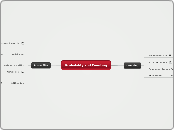jonka Ralph Roi Diano 5 vuotta sitten
1319
PERMUTATIONS AND COMBINATIONS
The provided text delves into the foundational concepts of permutations and combinations, highlighting the distinct difference between the two. Permutations involve arranging a set of items in a specific order, while combinations focus on selecting items without regard to order.









